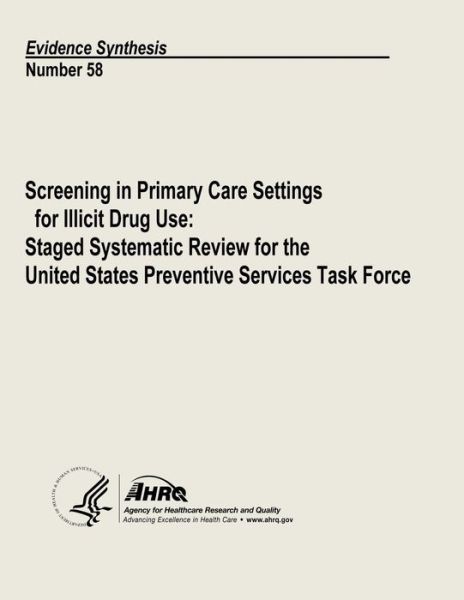
Tell your friends about this item:
Hormone Replacement Therapy and Osteoporosis: Systematic Evidence Review Number 12
U S Department of Heal Human Services
Hormone Replacement Therapy and Osteoporosis: Systematic Evidence Review Number 12
U S Department of Heal Human Services
Publisher Marketing: In this review, we systematically review the medical literature and evaluate data on the use of hormone replacement therapy (HRT) to prevent osteoporosis in healthy postmenopausal women. Specifically, we focus on the effects of estrogen, with and without progestins, on fracture and bone density outcomes. We also review studies of selective estrogen receptor modulators (SERMs) because of their emerging role in preventing osteoporosis. This report is part of a larger project on the risks and benefits of HRT prepared for the U. S. Preventive Services Task Force (USPSTF) to assist them in making recommendations. The term osteoporosis describes both a process of decreasing bone density as well as the clinical outcome of fracture. Bone density can be measured by a number of techniques and at a number of anatomical sites, although the measures most often used in studies are dual energy xray absorptiometry (DXA) of the hip, spine, heel, or wrist. A World Health Organization (WHO) working group proposed that osteoporosis should be diagnosed when bone mineral density (BMD) is 2.5 standard deviations below the mean for healthy young adult women at the spine, hip, or wrist, or when a history of an atraumatic fracture is present. The working group also proposed that low bone mass, or osteopenia, be diagnosed when bone density is between 1.0 to 2.5 standard deviations below the young healthy mean. The number of standard deviation units above or below the young healthy mean is called the T-score. This measure is often used in eligibility criteria for treatment trials and is used clinically to diagnose osteoporosis. Osteoporosis affects a large proportion of American women over the age of 50. An estimated 12 million (41%) white women over age 50 met WHO criterion for osteopenia and 5 million (15%) met WHO criterion for osteoporosis. The prevalence of osteoporosis in Hispanic women is similar to white women, while rates in black women are approximately half that of the other groups (8%). By the WHO definition, up to 70% of women over age 80 have osteoporosis based on low measurements at the spine, hip or wrist. Age is an important factor in the relationship between bone density and the absolute risk of fracture. An increase in age of 13 years increases the risk of hip fracture by the same amount as a one standard deviation decrease in bone density. Older women have a much higher fracture rate than younger women with the same bone density because of increasing risk from other factors such as bone quality and tendency to fall. Women with osteoporosis are more likely to have fractures, and demographic trends for hip fracture parallel those for osteoporosis. Hip fracture incidence in white women rises from 50 per 100,000 women at age 50 to 237 per 100,000 women at age 65. White women are generally 2 to 3 times more likely than non-white women to suffer a hip fracture. Wrist fracture incidence tends to increase at earlier ages than hip fractures, with 268 per 100,000 women at age 45 to 54. Sixteen percent of postmenopausal women have osteoporosis of the lumbar spine, and, among white women, 5% of 50-year-olds and 25% of 80-year-olds have had at least one vertebral fracture. Key questions include: Does hormone replacement therapy improve or stabilize bone density? Does postmenopausal use of SERMs improve or stabilize bone density? Does hormone replacement therapy prevent osteoporotic fractures? Does postmenopausal use of SERMs prevent osteoporotic fractures?
| Media | Books Paperback Book (Book with soft cover and glued back) |
| Released | June 28, 2013 |
| ISBN13 | 9781490565729 |
| Publishers | Createspace |
| Pages | 56 |
| Dimensions | 216 × 280 × 3 mm · 154 g |

































